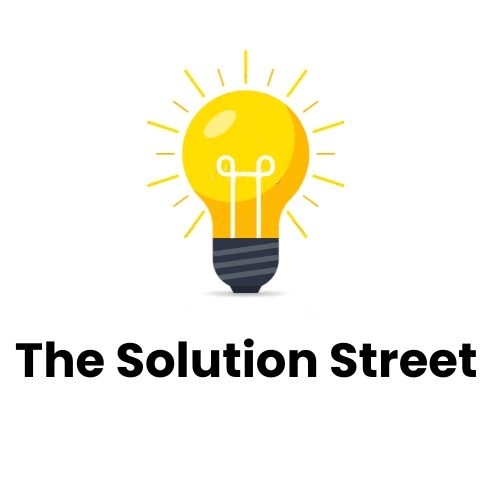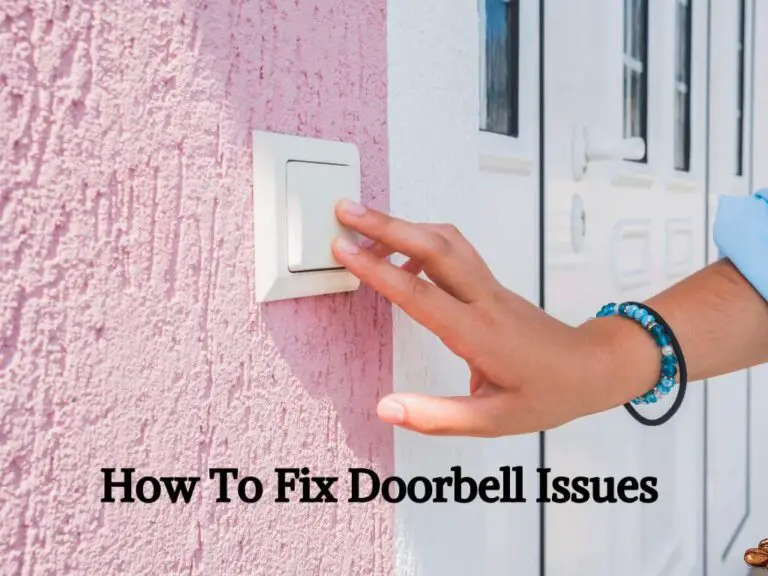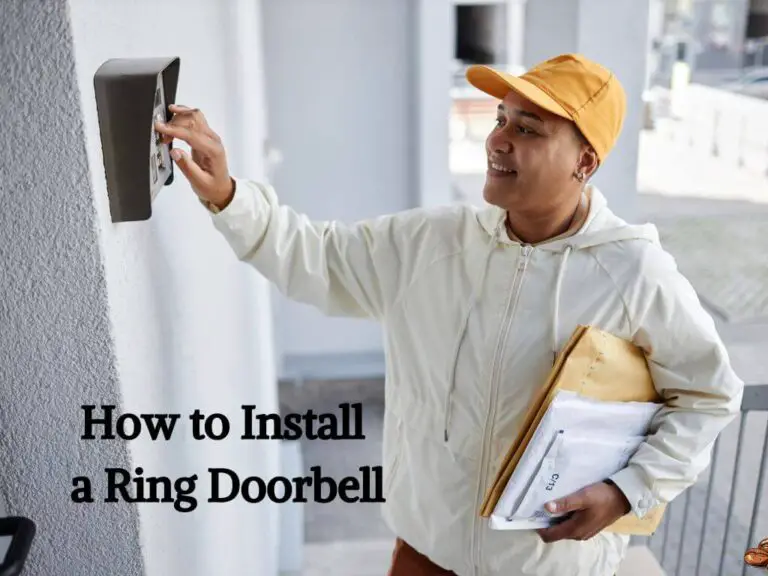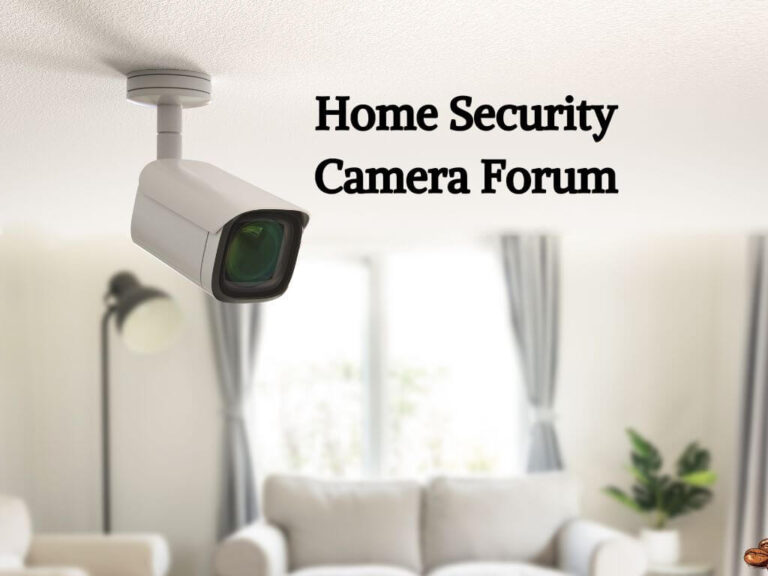Imagine waking up in a home where the lights gradually brighten to mimic a sunrise, your favorite morning playlist gently starts playing, and the coffee maker has already brewed your first cup of the day. Sounds dreamy, right? This is the power of smart home technology—a revolution that is transforming our living spaces into more convenient, efficient, and secure environments.
With the rapid advancement of technology, integrating smart devices into our everyday lives has become more accessible and affordable than ever. The benefits are hard to ignore: enhanced security features that provide peace of mind, energy-efficient devices that can help reduce monthly bills, and automation that simplifies daily tasks, allowing you to focus on what really matters.
In this article, we will explore the best smart home technology options available today. Whether you’re a tech enthusiast looking to upgrade your home or a beginner curious about the possibilities, this guide will walk you through the essentials of smart home technology and how to make the most out of it.
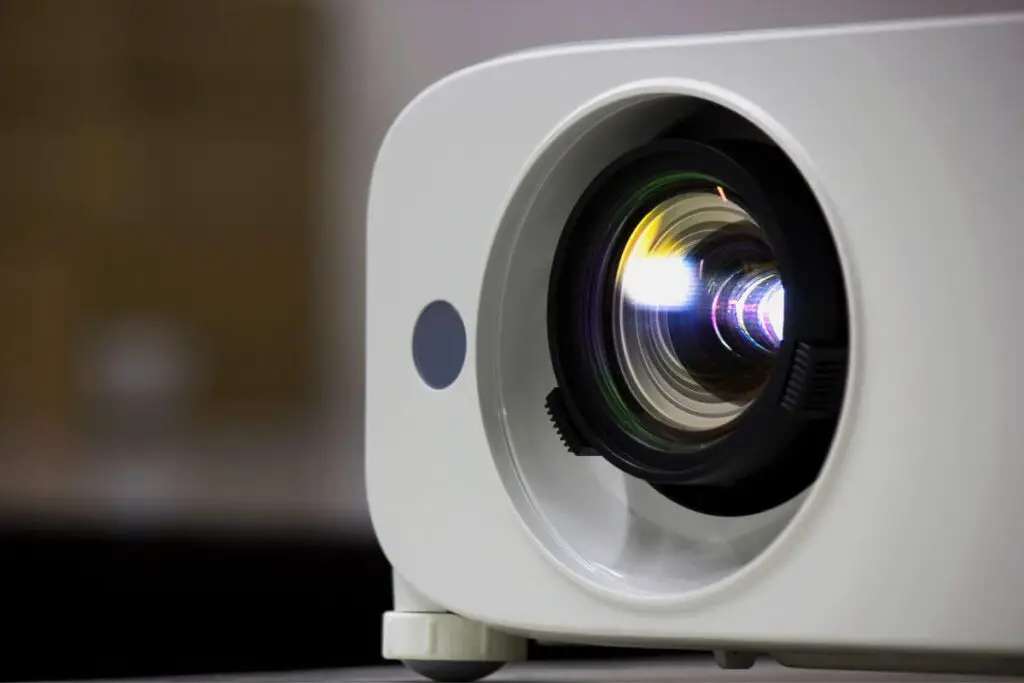
What is Smart Home Technology?
Definition:
Smart home technology refers to devices and systems that connect to the internet and can be controlled remotely or automatically. These devices enhance convenience, comfort, and security within the home environment, allowing homeowners to manage everything from lighting to security systems with just a few taps on their smartphones or through voice commands.
Overview of Key Features:
Smart home devices typically have several features that set them apart from traditional appliances:
| Feature | Description |
|---|---|
| Automation | Smart devices can be programmed to perform tasks automatically at specific times or in response to certain conditions. For example, you can set your thermostat to lower the temperature when you leave home. |
| Remote Control | Users can control smart devices from anywhere via smartphone apps, giving you the freedom to manage your home while on the go. |
| Integration | Many smart devices can communicate with each other, creating a cohesive smart home ecosystem. For example, your smart security camera can send alerts to your smart speaker. |
These features empower homeowners to create a more efficient and user-friendly living space.
Categories of Smart Home Technology
Smart home technology encompasses a wide variety of devices, each serving a unique purpose. Here are some key categories that are gaining popularity:
Smart Security Systems
Smart security systems provide enhanced safety and peace of mind. They include:
- Smart Cameras and Doorbells: Monitor your home in real time and receive alerts if motion is detected.
- Intrusion Detection Systems: Sensors can alert you to unauthorized entry, helping keep your home secure.
Smart Lighting
Smart lighting allows you to control the ambiance of your home effortlessly. Key components include:
- Smart Bulbs and Lighting Systems: Change colors, dim lights, or create schedules using your smartphone.
- Benefits of Automated Lighting: Save energy by automatically turning lights off when no one is home.
Smart Thermostats
Smart thermostats optimize your home’s heating and cooling systems, contributing to energy savings. Features include:
- Energy-Saving Advantages: Many models learn your schedule and adjust temperatures accordingly, ensuring comfort when you’re home and savings when you’re away.
Smart Home Assistants
Smart home assistants like Amazon Alexa and Google Nest serve as central control hubs for your smart devices. Key attributes include:
- Voice Control: Manage your devices using simple voice commands, making interactions hands-free and intuitive.
- Integration with Other Smart Devices: These assistants can connect and coordinate with various smart products in your home.
Smart Appliances
Modern appliances are becoming increasingly intelligent. Examples include:
- Smart Refrigerators: Keep track of food inventory and suggest recipes.
- Smart Ovens and Washing Machines: Control cooking or laundry cycles from your phone, enhancing convenience.
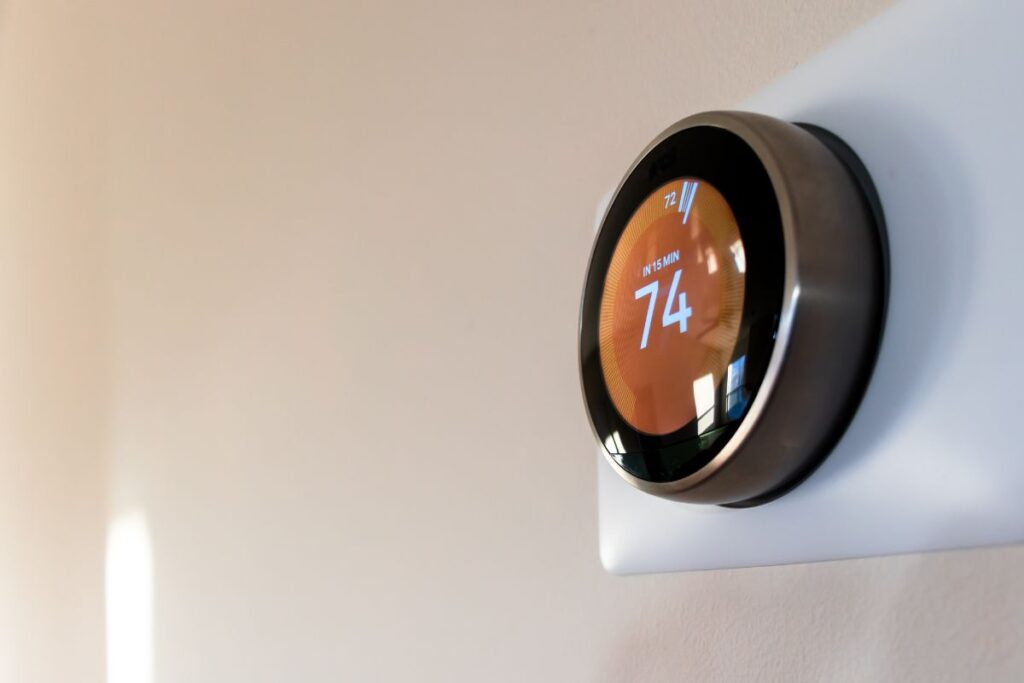
Popular Brands and Products
As the demand for smart home technology grows, numerous brands offer innovative devices that cater to various needs and preferences. Here are some of the most popular ecosystems and products to consider:
Amazon Alexa Ecosystem
Amazon’s Alexa ecosystem is one of the most widely recognized in smart home technology. Some key features include:
- Compatible Devices: From smart speakers like the Amazon Echo to smart plugs and light bulbs, there’s a wide range of devices that work seamlessly with Alexa.
- Voice Control: You can control compatible devices with simple voice commands, making it easy to manage your home hands-free.
Google Home Ecosystem
Google Home offers a robust lineup of smart home devices, known for their user-friendly interface and integration capabilities:
- Notable Devices: The Google Nest Hub and Google Nest Mini allow you to control various smart devices and access information through Google Assistant.
- Integration Capabilities: Google Home integrates well with a variety of third-party devices, making it a flexible option for your smart home setup.
Apple HomeKit
Apple’s HomeKit is designed for those who prefer a more curated and secure experience:
- Features: HomeKit allows users to control compatible smart devices using Siri or through the Apple Home app.
- Compatibility: A growing number of devices are compatible with HomeKit, providing options from various manufacturers.
Benefits of Smart Home Technology
Integrating smart home technology offers numerous advantages that can enhance your lifestyle. Here are some of the most significant benefits:
Improved Energy Efficiency
Smart devices can significantly reduce energy consumption. For example, smart thermostats learn your habits and adjust heating and cooling based on your schedule, leading to lower utility bills.
Enhanced Security
With features like motion detection, video monitoring, and alerts sent directly to your smartphone, smart security systems offer a higher level of safety than traditional systems. You can monitor your home in real-time, even when you’re away.
Increased Convenience
Smart devices simplify daily tasks, allowing for automation and remote control. For instance, you can set your lights to turn on at dusk or control your appliances from anywhere with your smartphone.
Customization and Control
Smart home technology provides users the ability to tailor their home environment to fit their preferences. From adjusting the lighting to suit your mood to creating specific scenes (like movie night), the possibilities are endless.
Cost Savings
By improving energy efficiency and enhancing security, smart home technology can lead to significant long-term savings. Investing in smart devices may reduce your energy bills and potentially lower your home insurance premiums due to increased security features.
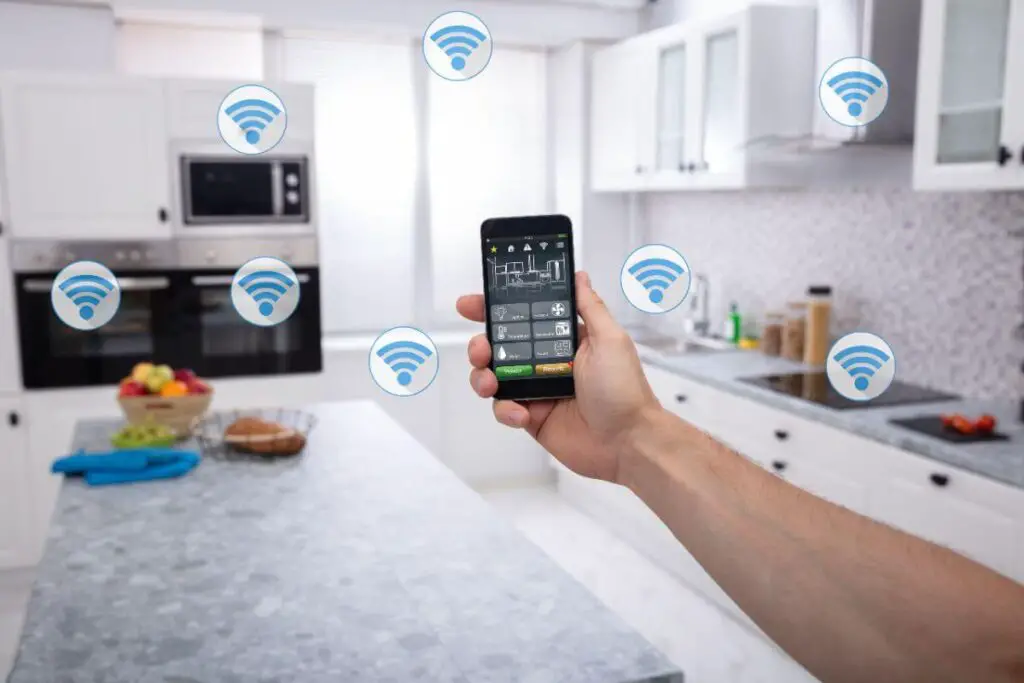
Considerations Before Implementing Smart Home Technology
While the benefits of smart home technology are enticing, there are several factors to consider before diving in. Here are some key points to keep in mind:
Compatibility with Existing Devices
Before investing in new smart devices, assess whether they will work seamlessly with your current technology. Check for compatibility with your home’s existing systems, such as Wi-Fi networks and other smart devices. Using devices that belong to the same ecosystem can simplify integration and functionality.
Security and Privacy Concerns
With increased connectivity comes the need for heightened security. Smart home devices can be vulnerable to hacking if not properly secured. Make sure to:
- Use strong, unique passwords for all devices.
- Keep firmware updated to protect against security vulnerabilities.
- Familiarize yourself with the privacy policies of the devices and brands you choose.
Budget and Long-Term Investments
Smart home technology can vary significantly in price. Set a budget that aligns with your needs and priorities. Start with essential devices and gradually expand your smart home setup as you see the benefits. Keep in mind that investing in quality devices may lead to better long-term performance and durability.
Learning Curve
Some smart home technologies may come with a learning curve. Be prepared to invest time in setting up and customizing your devices. Familiarize yourself with their features and how to troubleshoot common issues. Many manufacturers offer user-friendly guides and customer support to assist you.
Future Trends in Smart Home Technology
The future of smart home technology is bright, with exciting advancements on the horizon. Here are some trends to watch for:
Predictions on Advancements
- AI Integration: Artificial intelligence is expected to play a significant role in enhancing smart home automation, allowing devices to learn user preferences and make proactive adjustments.
- Greater Automation: The continued development of IoT (Internet of Things) will lead to more interconnected devices, enabling seamless automation across multiple platforms.
Emerging Technologies
- Smart Grids: Future homes may integrate with smart grids, allowing for better energy management and distribution, ultimately promoting sustainability.
- Voice Recognition: Enhanced voice recognition technology will provide users with more natural and intuitive ways to interact with their smart home systems.
Integrating Smart Home Ecosystem
Creating a seamless smart home ecosystem involves intricate planning and consideration of how various devices interact and function as a whole. The goal is straightforward: to achieve a harmonious smart environment where convenience and efficiency are paramount. To ensure the most efficient use of your smart home technology, one must understand the principles of interconnectivity and the value of a centralized control system.
Interconnectivity Of Devices
Interconnectivity is the cornerstone of any smart home ecosystem. It refers to the ability of various devices to communicate and work together, creating a network of smart technology that can enhance the user’s experience. The key benefits of a well-integrated system are:
- Streamlined Operations: Devices work in tandem to automate tasks.
- Data Sharing: Information exchange allows devices to adapt and respond to changing environments or schedules.
- Enhanced Efficiency: Optimizes energy usage by coordinating device functions based on user behavior or preferences.
Ensuring devices share a common communication protocol like Z-Wave, Zigbee, or Wi-Fi can significantly reduce compatibility issues and enhance the overall performance.
Centralized Control Systems
To effectively manage your smart home, a centralized control system is indispensable. This system provides a single point of access to your devices, enabling you to control functions across the home with ease. Centralized systems offer:
| Feature | Benefit |
|---|---|
| User Interface | Intuitive and accessible control from a panel, smartphone app, or voice commands. |
| Device Management | Overview and adjustment of all connected devices in one place. |
| Automating Routines | Customize and schedule device interactions to suit lifestyle. |
| Monitoring Systems | Real-time alerts and status updates on security and energy consumption. |
Centralized systems like Google Home, Amazon Alexa, or Apple HomeKit sync devices to create a unified smart home experience. Picking the right ecosystem is crucial to ensure all your smart devices can connect and interact smoothly.
Smart Home Automation
Embrace the future of living with Smart Home Automation, the ultimate blend of convenience and technology, designed to make your home life more efficient, secure, and personalized. As we take the plunge into a world where homes think for themselves, let’s explore some cutting-edge advancements that are redefining domestic bliss.
Automated Lighting and Appliance Control
Automated Lighting And Appliance Control
Turn your home into a beacon of efficiency with automated lighting and appliance control. These systems give you the power to manage your home’s devices with just a tap on your smartphone or with voice commands, ensuring you never have to worry about whether you left the lights on or if your coffee maker is still running after you’ve left for work.
- Customize your lighting schedules to match your daily routine or mood with dimmable and color-changing bulbs.
- Use motion sensors to light up spaces only when they’re occupied, slashing unnecessary power usage.
- Control appliances remotely, preheating your oven on your way home or setting your robot vacuum cleaner to tidy up while you’re away.
| Feature | Benefit |
|---|---|
| Remote Access & Scheduling | Convenience and time-saving |
| Energy Efficiency | Reduced carbon footprint and utility costs |
| Enhanced Security | Security through programmable lighting when away |
Automated Energy Management
Automated Energy Management
Go green and save green with Automated Energy Management. Sophisticated systems and devices are now adept at optimizing your power consumption by automatically adjusting your heating, cooling, and electrical devices based on your habits and preferences.
- Smart thermostats learn your schedule and adjust heating and cooling for optimal comfort and efficiency.
- Energy monitors give real-time feedback on usage, empowering informed decisions on energy consumption.
- Automatic standby shutdown features ensure devices aren’t wasting energy when not in use.
Integrating these systems can lead to significant savings on your energy bills and a meaningful reduction in your home’s environmental footprint, making Automated Energy Management an intelligent addition to any modern smart home setup.
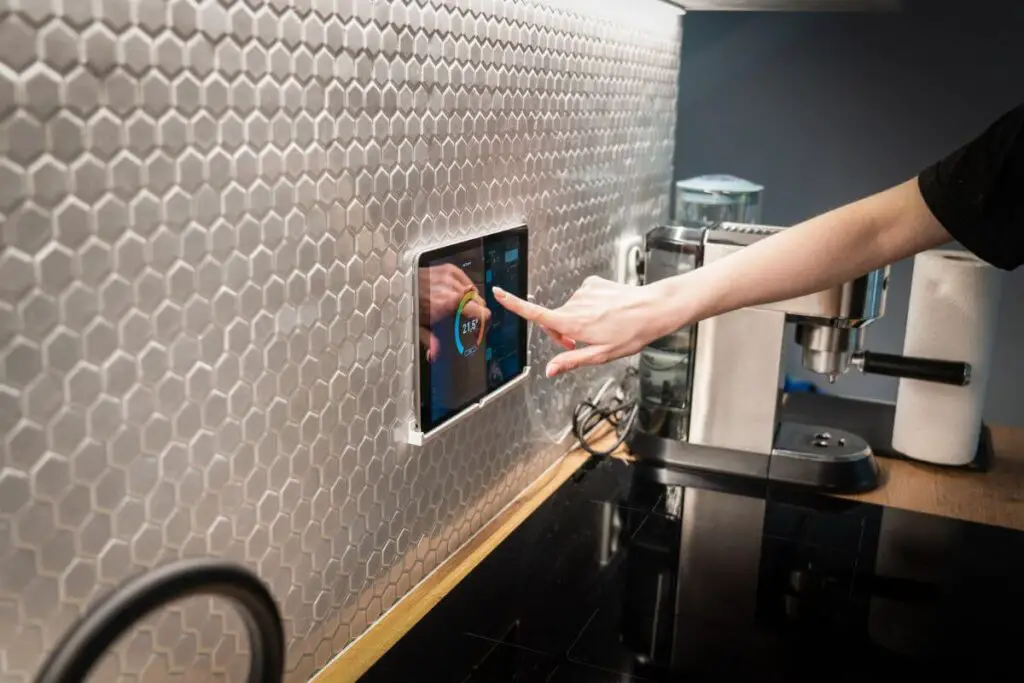
Selecting The Right Smart Home Technology
Embarking on a journey to create a smarter home can transform daily living into a streamlined and intuitive experience. With a myriad of options available, the selection process for smart home technology is critical to ensure integration success and overall satisfaction. A strategic approach involves evaluating the compatibility with existing devices, scalability, and the balance between sophistication and simplicity.
Considerations For Home Integration
Compatibility forms the cornerstone of home integration. Identifying devices that communicate seamlessly with each other is fundamental to the smart experience. Homeowners should prioritize technology that supports industry standard protocols such as Z-Wave, Zigbee, or Wi-Fi. Here are key points to ponder:
- Ecosystem compatibility: Will the new devices work with current platforms like Amazon Alexa, Google Home, or Apple HomeKit?
- Scalability: Can the system grow with additional smart devices over time?
- User interface: Is the control system user-friendly and accessible to all household members?
Budget-friendly Solutions
Smart home technology doesn’t necessitate breaking the bank. Affordability paired with functionality offers a launching pad for those looking to step into the world of home automation. Focus on value over sheer cost, finding technology that offers the most features within your price range. Here are budget-conscious strategies:
| Strategy | Description | Example Products |
|---|---|---|
| Start small | Begin with basic, pivotal smart devices before expanding your system. | Smart bulbs, smart plugs |
| DIY Installation | Opt for products you can install yourself to save on professional installation costs. | Stick-on smart sensors, wireless cameras |
| Look for deals | Take advantage of sales and bundle offers for greater savings. | Smart home starter kits, seasonal sales |
Security And Privacy In Smart Home Technology
As the adoption of smart home technology grows exponentially, concerns surrounding security and privacy take center stage. Innovative devices offer convenience and efficiency, but they also generate a wealth of personal data that can be vulnerable to breaches. Together, let’s delve into strategies and measures designed to fortify the sanctity of your personal information within the interconnected realm of smart home devices.
Protecting Personal Data
At the heart of smart home functionality is the data it uses to operate. Protecting personal data is not just a necessity but a responsibility. Users must be proactive in understanding the ways in which their data is collected, stored, and shared. Here are some best practices:
- Read privacy policies: Familiarize yourself with the terms you agree to.
- Manage permissions: Only grant device access on a need-to-know basis.
- Regular updates: Keep firmware and software up-to-date to patch vulnerabilities.
- Use strong passwords: Employ complex passwords and change them regularly.
- Enable two-factor authentication: Add an extra layer of security to your accounts.
Ensuring Secure Networks
The strength of a smart home’s security is largely dependent on the robustness of its network. An unsecured network is akin to an unlocked door. To ensure secure networks, consider the following steps:
- Invest in a quality router with strong security protocols.
- Change the default network name (SSID) to something unique.
- Encrypt your Wi-Fi network with WPA3, the latest security standard.
- Set up a guest network for visitors to keep your main network protected.
- Monitor connected devices and be aware of any unusual activity.
By safeguarding your personal data and securing your networks, you create a resilient smart home environment that not only serves your convenience but also upholds your right to privacy and security.
Frequently Asked Questions Of Best Smart Home Technology
Which Home Automation Technology Is Best?
The best home automation technology depends on user needs, but Z-Wave, Zigbee, and Wi-Fi are popular for their reliability and wide compatibility.
Which Smart Home Devices Are Worth It?
Smart thermostats, like Nest or Ecobee, offer both convenience and energy savings. Voice assistants, such as Amazon Echo or Google Home, enhance overall control. Smart locks and doorbells, like August or Ring, boost security. Smart lights, for instance, Philips Hue, add ambiance and reduce electricity costs.
What Is The Most Popular Smart Home Protocol?
The most popular smart home protocol is Z-Wave, closely followed by Zigbee due to their widespread device compatibility and strong network reliability.
What Is The Future Tech For Smart Homes?
The future tech for smart homes includes advancements in AI, IoT integration, improved energy efficiency, voice control, and enhanced security features. Expect seamless automation, predictive maintenance, and interoperable devices for ultimate convenience.
Conclusion
Embracing the latest in smart home technology enhances comfort and convenience. It future-proofs your living space and potentially reduces energy costs. Choose the right devices for your lifestyle and enjoy the benefits of a connected, efficient home. Stay updated with innovations for ongoing improvements in your smart home journey.
